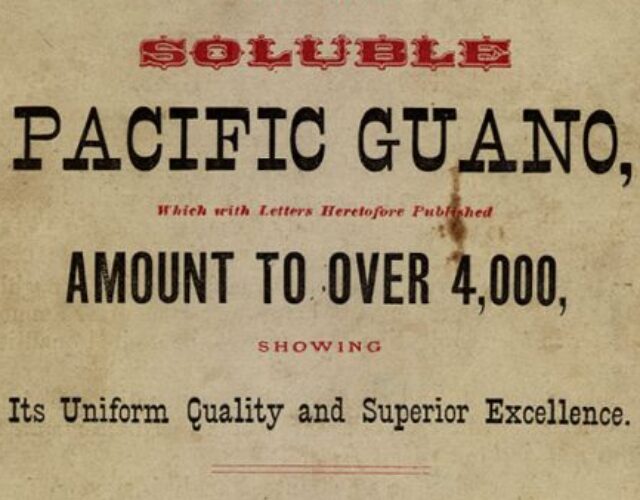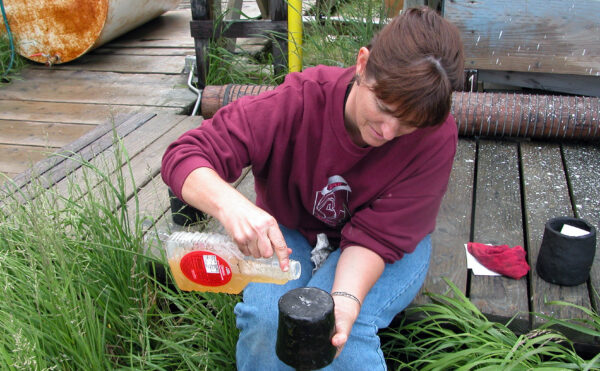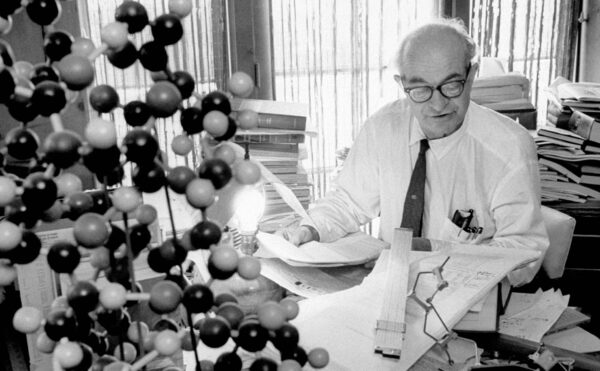In late 1798 German explorer and geographer Alexander von Humboldt and French botanist Aimé Bonpland departed from Paris for Marseille. Napoleon Bonaparte had recently occupied Egypt, and the two men intended to join the emperor’s scientists. Fortunately for science Napoleon was facing resistance in Egypt, and the British were thwarting French ambitions in the Mediterranean. So the two adventurers changed direction and made for Madrid, where they received a royal permit from the Spanish government to make a scientific visit to colonies in Central and South America. Their travels lasted from 1799 to 1804.
Armed with microscopes and other scientific instruments, the intrepid explorers clambered through tropical forests, climbed mountains, and navigated treacherous rivers, all the while measuring, note taking, and gathering specimens. The two men also collected a substance with the power, as Humboldt was told by the Spanish—who learned it from the Indians—of greatly aiding the growth of plants: guano.
At that time guano covered the surfaces of the Chincha Islands, off the coast of Peru, to 150 feet in places. On his return to Paris, Humboldt contacted chemists Antoine-François Fourcroy and Louis-Nicolas Vauquelin, who had previously analyzed bird excrement. In 1805 the two chemists published an analysis of Humboldt’s guano sample, demonstrating its nitrogen content.
European interest in guano began only in 1840, possibly as a result of German chemist Justus Liebig’s report on chemistry and agriculture. England, with its commercial empire, quickly took control of the new trade, and in 1851 over 200,000 tons of guano reached its shores. Though Liebig acknowledged guano’s value as fertilizer in his 1859 book, Letters on Modern Agriculture, he emphasized self-sufficiency based on the use of human and animal excrement, as well as waste from crop production, as sources of fertilizer. He decried what he saw as an overreliance on imported guano and wrote somewhat prophetically, “Bloody wars have sometimes sprung from causes of much less importance.” He also berated Americans for ignoring agricultural science and impoverishing the land, while praising the Chinese and Italians for their sensible use of excrement and manure. In the meantime Americans had begun to take an interest in guano. In 1856 Congress passed the Guano Islands Act that empowered U.S. citizens to take possession of unoccupied islands containing guano.
Though the guano trade created a boom in the Peruvian economy, it also encouraged corruption, international rivalry, and even military intervention by the Spanish in their attempt to regain the Chincha Islands from by then independent Peru. More troubles arose with the emergence of a new fertilizer industry based on the mineral Chile saltpeter, or caliche (mainly sodium nitrate), found in the desolate Atacama Desert, which spanned the then uncertain borders of Chile, Peru, and Bolivia. Disputes over taxes and rights to the Atacama mineral deposits led to war between Peru and Chile from 1879 to 1883 (War of the Pacific). When Peru lost, the Chilean nitrate industry became the world supplier of nitrogen for agriculture and the explosives industries.
In the 1890s the Chilean monopoly and shrinking saltpeter reserves led European scientists to explore the fixation of atmospheric nitrogen. In Britain chemist Sir William Crookes warned of an impending food crisis and investigated an electric-arc process for fixing nitrogen.
Germany, worried by British control of nitrates, took an interest. In 1909 Fritz Haber, with the help of a colleague, Robert Le Rossignol, produced ammonia from hydrogen and nitrogen, for which Haber received the 1918 Nobel Prize in Chemistry. Haber’s work was sponsored by BASF, a dye manufacturing firm adept at undertaking risky and expensive scientific ventures. At BASF, Carl Bosch scaled up Haber’s laboratory process, and Alwin Mittasch found a cheaper, more efficient version of Haber’s catalyst. In 1913 the Haber-Bosch process came online.
During World War I the British Navy blocked Germany’s access to Chilean nitrates, and Germany responded by converting its synthetic ammonia, made via the Haber-Bosch process, into such explosives as trinitrotoluene, or TNT. After the war the Chilean nitrate industry was no match for the Haber-Bosch process, which was quickly adopted around the world and has remained essentially the same as when first introduced 100 years ago this year.




